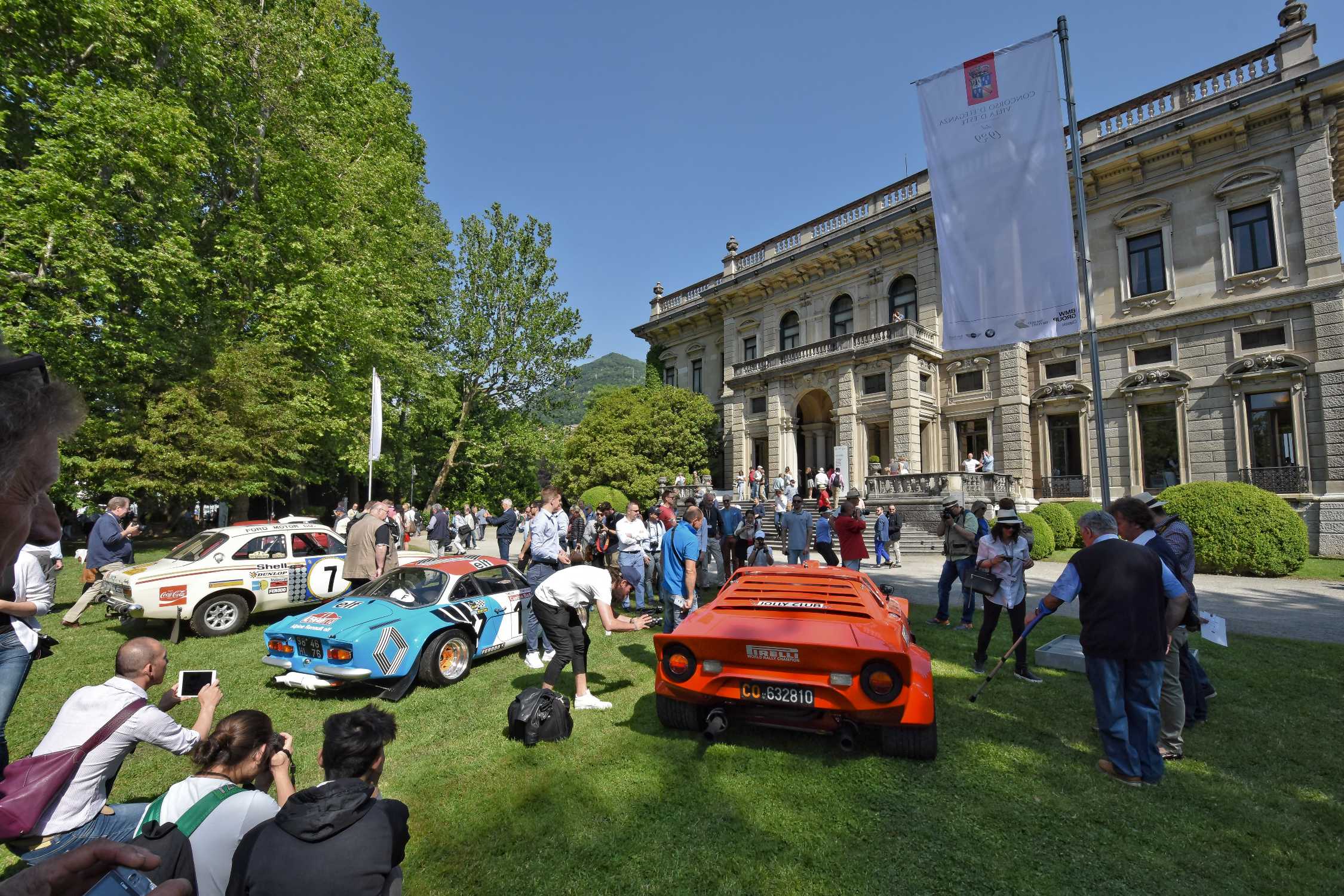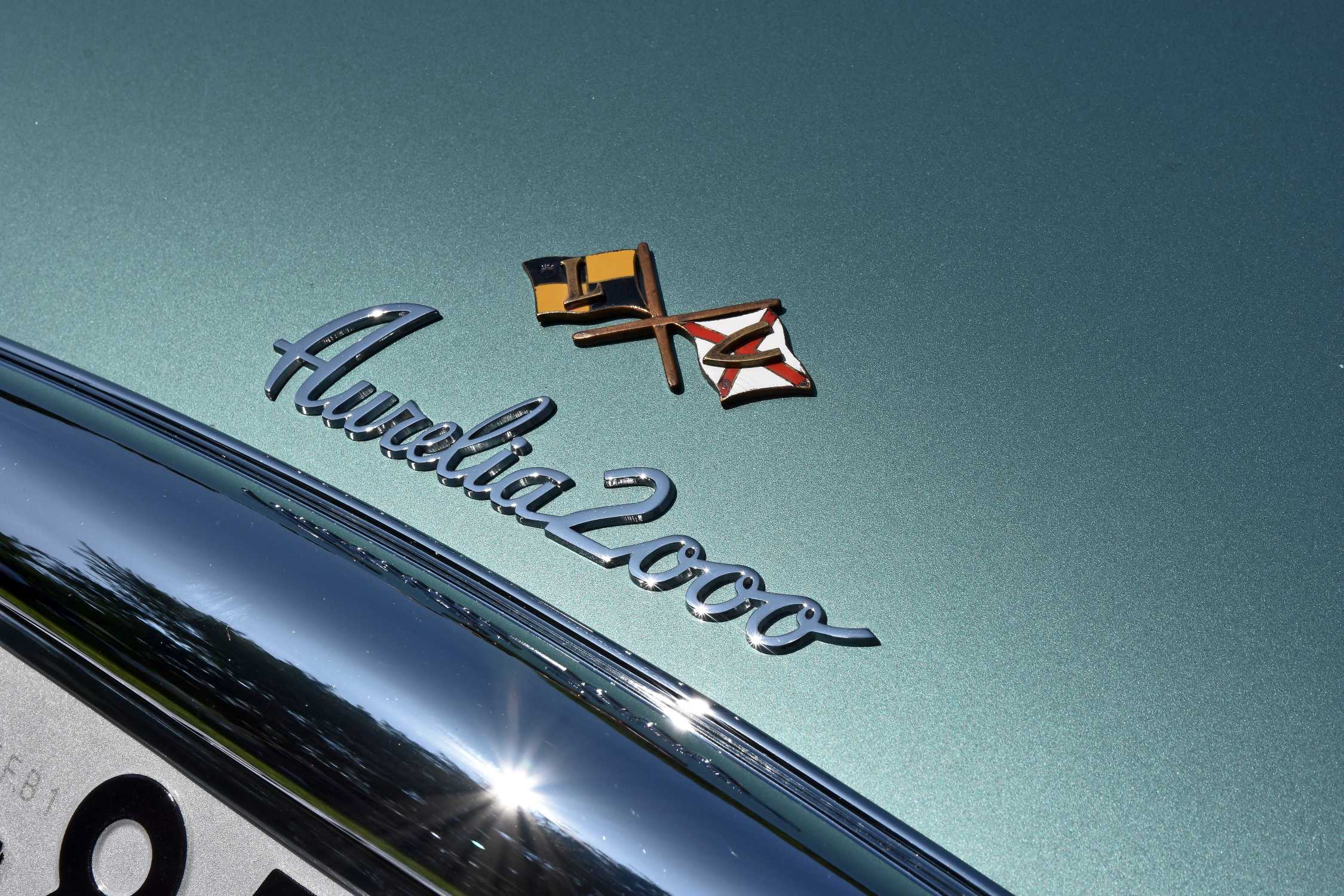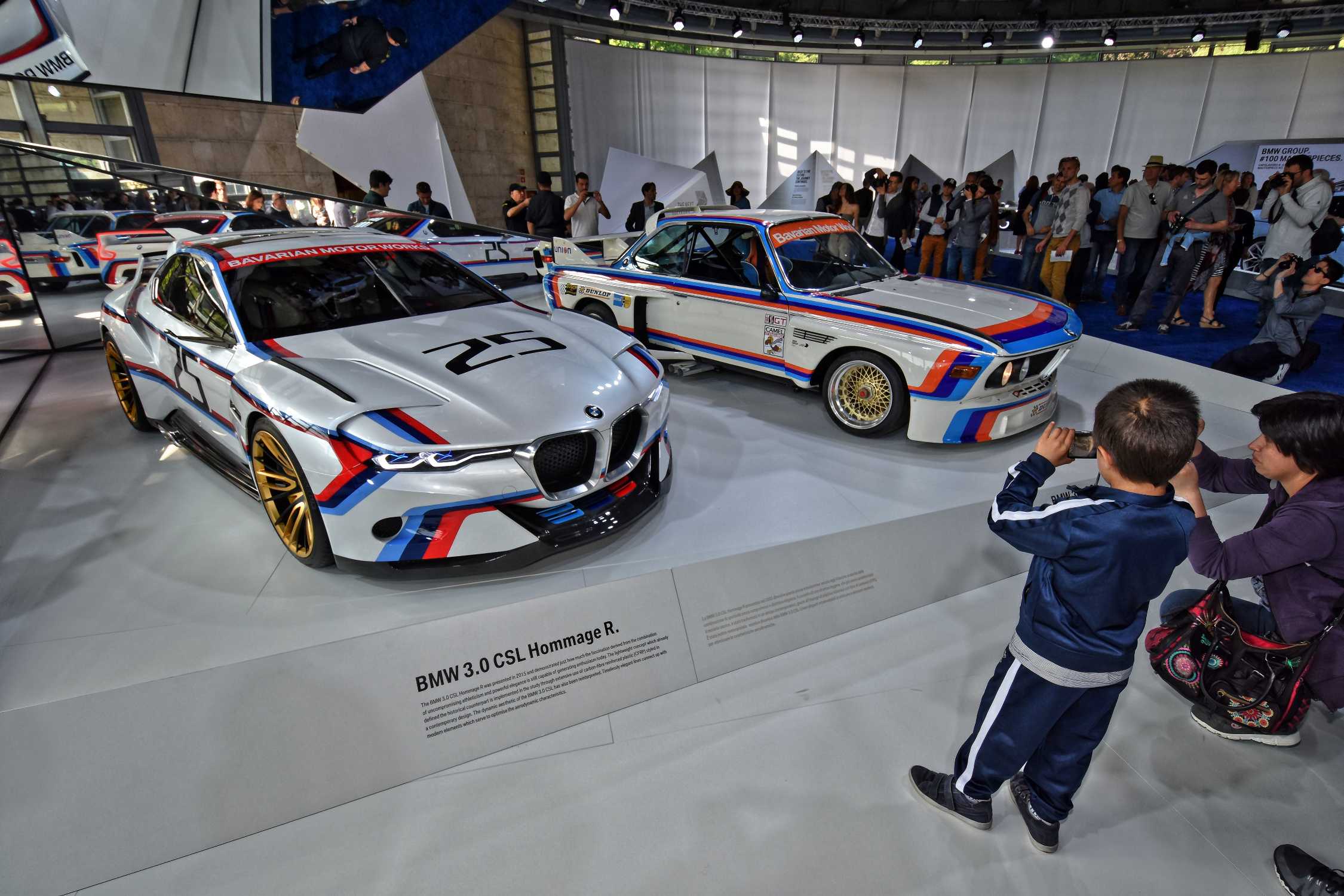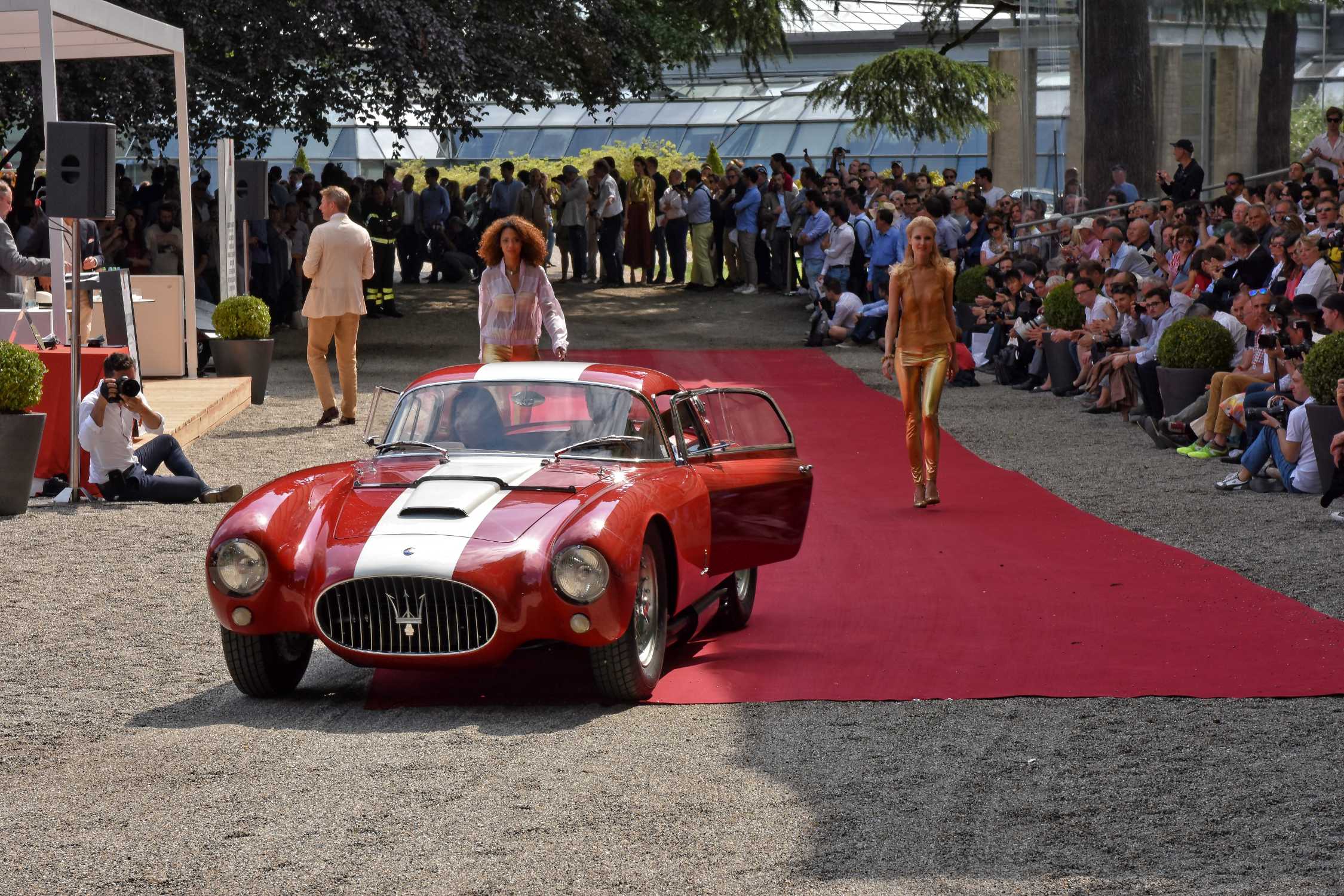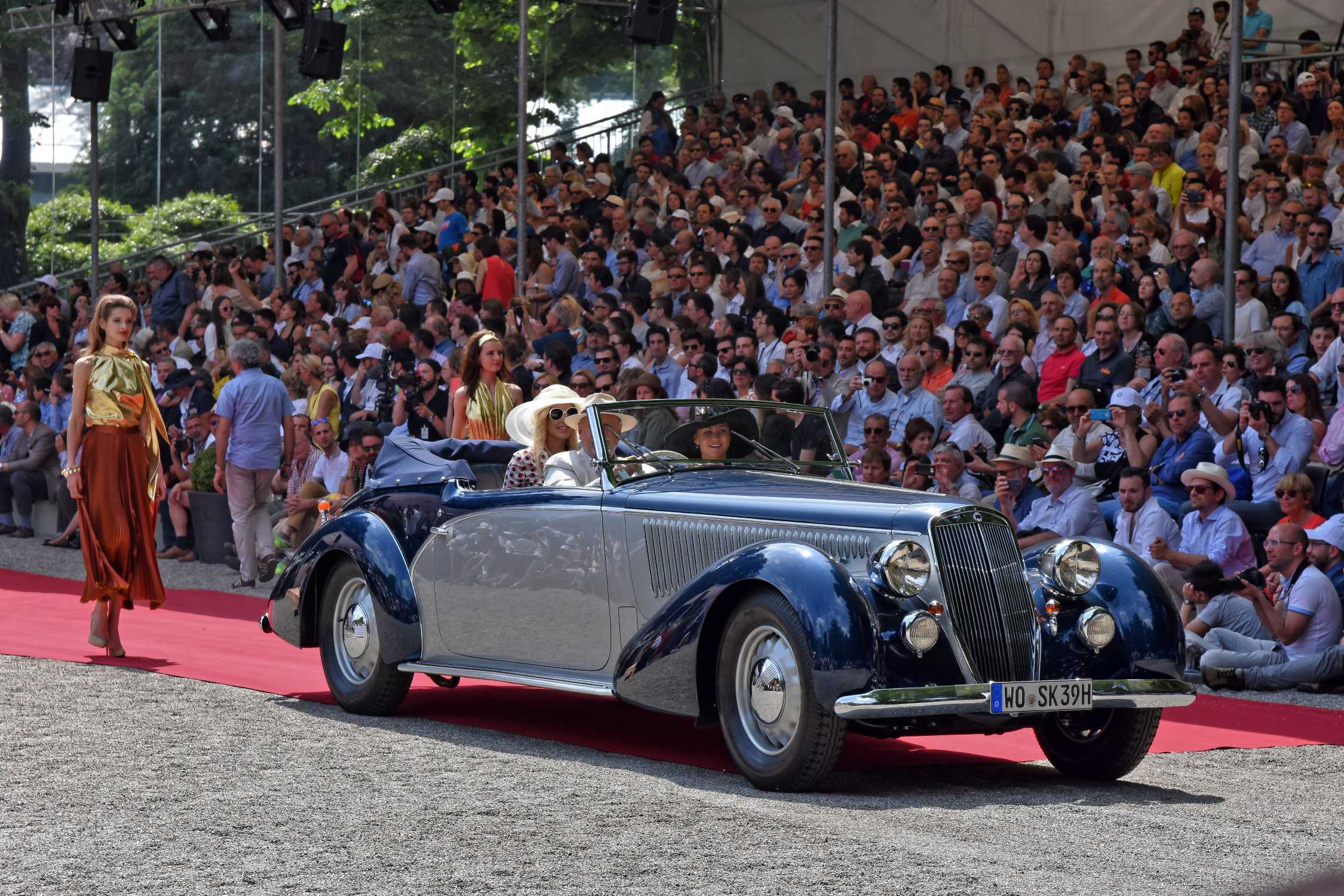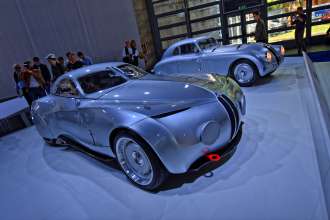Every year, the world’s most aesthetically pleasing, spectacular and seldom-encountered cars do battle for prizes they don’t really need. The Concorso d’Eleganza Villa d’Este has been assembling fields of elite cars since 1929 (in more recent years, motorcycles have also been added to the mix). The models concerned represent the crème-de-la-crème, from which winners are selected and bestowed with their latest distinctions. And the best thing: everyone is invited to come along, feast their eyes – and even sample the spring of the hallowed lawns.
The raucous soundtrack of a high-performance engine sends shivers through the park, turning every head in the same direction. All excited voices and joyful laughs, the visitors stream to the scene of the action as if pulled there by giant magnets. Today (Sunday) is a Public Day, when the gates are open to all. Children are held aloft and thickets of smartphones extend skywards from stretched-out arms. But this is no time for selfies; instead, the galleries have gathered to capture a veritable monster of a racing car on film. The 16-cylinder Bugatti Vision is an immense piece of hunkered-down drama, an event every excited onlooker wants to be part of.
Wherever you look there is something extraordinary to greet the eye. A few well-chosen strides over the grass brings a Bugatti 57 Atalante into play, all curvaceous pomp, ostentatious and languid in equal measure, an icon of splendour. And then there is the 1968 Fiat Moretti to provide a striking contrast – small and comparatively svelte, a flame-red, fleet-footed tranche of luxury as car ownership extended to the masses. Making no effort to slip into the background is a Porsche 550 from 1955, a full-blooded racing car with a story to tell, its gargantuan spoiler presiding over the seats like a slightly random roof-rack. A lever allowed the driver to vary the spoiler’s angle of attack, which also made a difference under braking. This 550 offered an early glimpse into the future for its 1950s audience and was without doubt a challenging thing to drive.
It wouldn’t do, of course, to organise such an event without a Ferrari in attendance, and there are several very special examples on display here – we are in Italy, after all. Il Commendatore Ferrari already knew which talented designer had what it took to translate his ideas of a perfect sports car into reality. He called and they came: Pininfarina, Scaglietti, Boano, to name but a few. It has always been an honour to work for Ferrari. Vignale, for example, created the 250 GT. This was a mighty coupe with a strapping body but rather more delicate roof, and allowed light to flood into the interior. It was a child of its time, rather like the BMW 503 alongside it, although this was a more timeless design, far more usable – and built in greater numbers.
There is a hero here for everyone. Some have a love affair with extreme sports cars, others rejoice in prestigious sedans above all else. Early models like the Rolls-Royce Phantom II luxuriate in their chrome and leather. The Rolls is entered (for good reason) in the Pre-War Decadence class, flanked by a Lancia Astura – which went on to win the day – and a Bentley 4 1/4 Litre.
A competition rich in tradition
Since 1929 the Concorso d’Eleganza Villa d’Este has been celebrating cars, the technical developments behind them and, above all, the aesthetic appeal, elegance and originality of the finest specimens. Since 2000 this very special event has taken place under the patronage of BMW Group Classic. The participating models are among the pre-eminent examples from over a century of history, and there is no shortage of gems here to be acclaimed. For a valuable industrial product like a car, it has always made sense to appeal to as many people as possible. Those people are allowing themselves to be seen with and in the car, and they want to look good. Beauty is in the eye of the beholder, of course, and aesthetic merits have been the source of much heated debate through time. At the Concorso, it is the jury that has the final say, its members able to call on extensive expertise in the field but still always capable of differences in opinion.
The public galleries have the chance to crown their favourites, too, the majority deciding on this occasion in favour of a Lamborghini Miura SV, whose vivid green paintwork made it a perfect match for the surrounding parkland. Young people also had their own prize to award, which they bestowed upon the unfeasibly wedge-shaped profile of a Lancia Stratos. This may have been a vote for unalloyed sporting prowess, but the once feared rally machine could certainly be a bit of handful to drive, short wheelbase and all.
With this almost overwhelming gathering of automotive celebrity before you, it is just as well the Concorso is split into themes that allow you to get your bearings – and a truly excellent competition to unfold. “Petite performance” was the name of one such theme, “Sur mesure et haute couture”, “Supercars” and “Cars for the Stars” among the others. And there were different prizes for different types of machines; doing it any other way would have made little sense, given the incredibly multi-faceted nature of automotive history.
Gentle restorations and the search for patina
Recent years have brought about a marked change in the perception of visible ageing in the car world. Indeed, patina has grown into a hot topic of debate in classic car circles. A close bond exists between a car and its history. And that means prizes are also destined for models like the Alfa Romeo Giulietta SZ, whose Zagato-designed body already looks well used from a distance – its right side rather more so than the left. Here you can see quite clearly what is possible with a restoration that preserves the car well but also leaves the effects of time exposed to the eye. The Alfa won FIVA’s Best Preserved Vehicle gong.
Evidence of a life well lived was an essential ingredient of the rally cars from three decades assembled at the Concorso. The Ford Escort with broad haunches and East African Safari Rally decals still looks like it’s about to power away from an angry rhino. So, as with the original Mini Cooper from the Monte Carlo Rally alongside it, think carefully before mentioning a car wash. All that hard-earned dirt, etc, etc.
A tribute to the company’s history
As well as the Concorso competition, there were a lot of other things to discover and enjoy. Granted its own hall, BMW presented a selection of unusual study cars adopting milestones from the company’s history as their inspiration; from the 328 sports roadster – currently celebrating its 80th birthday – and the legendary 2002 to the MINI, the line-up was an unashamed salute to the past. Sadly they were all one-off creations, which drew some wistful sighs from the galleries.
Two-wheeled dreams
Some absolutely outstanding motorcycles were also on show to be admired and lauded. The oldest of their number, a Magnet, dated back to 1911. Piloted using a steering wheel in its sidecar, it was presented under the motto “Designs that pushed the envelope”. Ditto the dainty Megola from 1922, with its low-set, armchair-like seat. Baffled head-shaking was the order of the day for the “Flights of Motorcycle Fantasy”. These included the improbable-looking Böhmerland, with its long wheelbase, and the cool-as-ice Indian. Every inch of these bikes is testament to the pursuit of progress, of improvement. As with the cars, there were prizes and awards to be had here as well.
Another spectacular feature of the Concorso programme was Saturday’s Motorcycle Street Run through Cernobbio, between Villa Erba and Villa d‘Este. For some of the spectators, this was the moment when they full understood what it was these bikes were born to do – i.e. to be ridden. A tear was brought to pretty much every eye.
BMW Group Classic had brought along a range of its motorcycles which had likewise made model history. The BMW R 100 was a favoured port of call, a lap of the park on board the slim and simple bike the stuff of many an enticing daydream. Not that you’d want to rush the time spent seated; the inviting loungers were highly sought-after, and not everyone got the chance to rest their feet on one. There was consolation to be found in the midday heat, though, in the shape of the free MINI ice creams being distributed to shade-chasers far and wide. It wasn’t long before the park resembled one big frozen desert.
Red carpet for the winners
Sunday heralded the big finale on the red carpet. First came the motorcycles, headlined by the proud and heroic racing machines, the refined road bikes and the mighty touring mile-munchers. A wave of applause and camera flashes greeted this impressive testimonial to the eternal pursuit of perfection.
Come the afternoon, it was the turn of the cars. The stands filled up quickly, everybody wanting to hear what the dapper compère had to say about the individual models. This was the moment where every car became a star. With each one accompanied by two elegant young ladies, it was enough to set many an owner’s pulse racing. Not a good moment to stall or crunch a gear change, in other words. It begs the question: where else will you see prototypes and design studies driving around as if it were the most normal thing in the world? None of them had to be pushed. The only sticky moment came when a driver pulled away slightly too vigorously, giving the models in high heels little chance of keeping up.
The best thing about the Concorso d’Eleganza Villa d’Este is without doubt the shared enthusiasm for cars and motorcycles and the easy company. Here I can relax and concentrate on being a fan. Perhaps it was this spirit that brought out such wonderful weather. After all, the heavenly conditions were replaced by a fresh breeze and rain on the Monday after the event. Suddenly, it all seemed so long ago.
